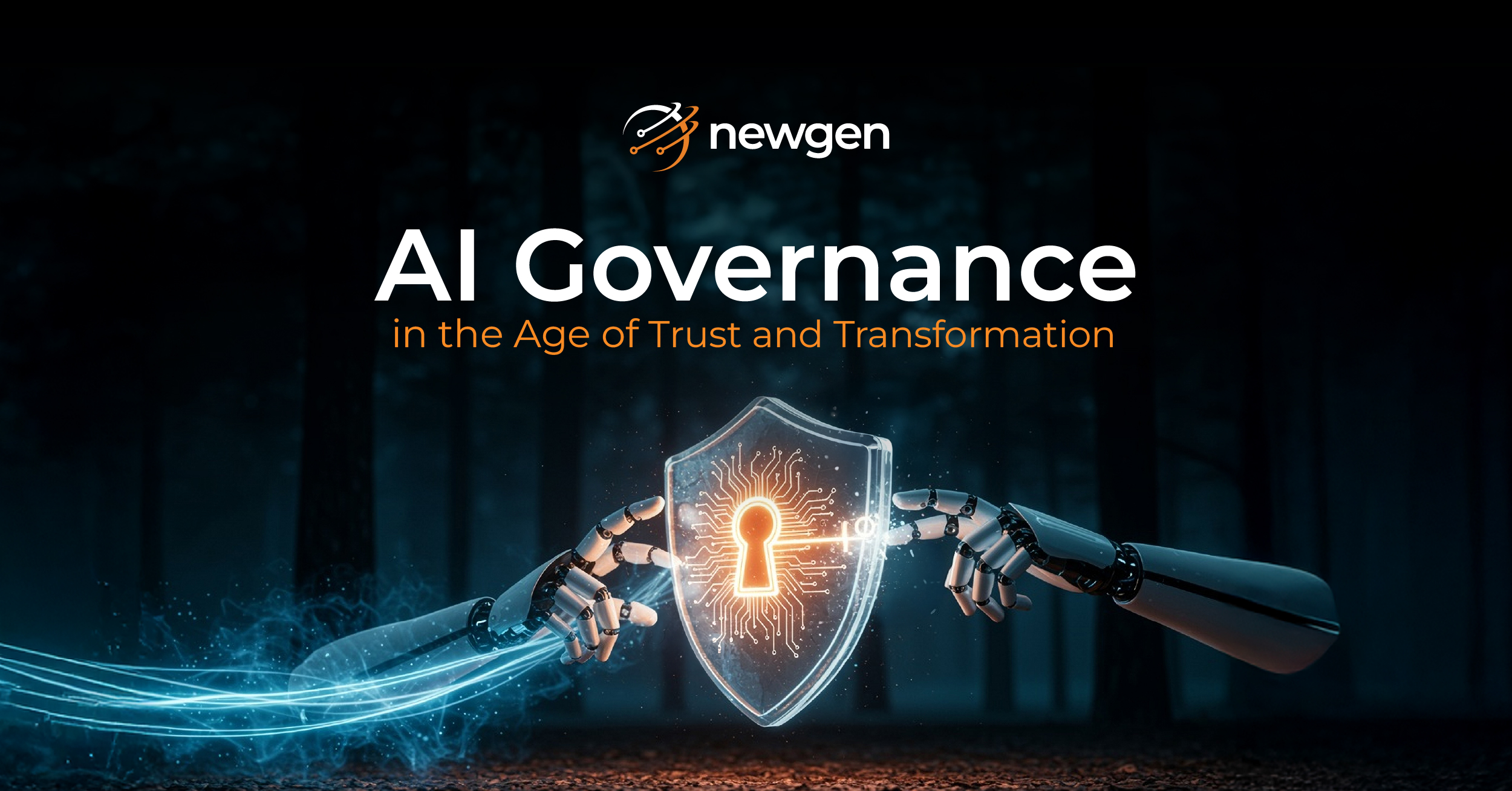As businesses seek ways to deliver software applications faster, cheaper, and more efficiently, DevOps practices have become increasingly popular. Low-Code DevOps is a culture of collaboration and communication between development and operations teams to automate and streamline the software delivery process. It is a set of practices that combines software development (Dev) and IT operations (Ops) to shorten the systems development life cycle while delivering software applications efficiently and cost-effectively.
NewgenONE Digital Transformation Platform is one such platform that enables organizations to manage the end-to-end application development lifecycle while delivering features, fixes, and updates in alignment with business objectives. Let’s look at the different phases of the Low-Code DevOps lifecycle and how the NewgenONE Digital Transformation Platform supports them:
Plan
In the planning phase, teams define the project’s objectives, requirements, and scope. Newgen supports full SDLC for any application development which includes comprehensive requirement gathering, project planning and documentation capabilities. The various project development artefacts such as use cases, requirements, and test cases are recorded in the system, which can be referred to by any user working on the project. Newgen seamlessly integrates with Jira, a project management tool, to help teams plan their work and track their progress. It also allows them to define workflows and approval processes to ensure all stakeholders align with the project’s goals. This enables teams to identify bottlenecks, track metrics, make data-driven decisions and improve overall productivity.
Build
In the build phase, developers use NewgenONE Digital Transformation Platform’s drag-and-drop features and automation tools to create applications quickly and efficiently. The platform also supports version control and integration with APIs, making managing code changes and updates easier. During the development of custom extensions, developers use JUnit for unit testing of Java code and SVN for version control and code maintenance.
Test
Testing is a critical phase in the software development process. Newgen’s Low-Code DevOps deployment manager facilitates orchestrating various types of testing like unit, regression, integration, vulnerability, static code analysis before the application is deployed in production.
The Platform integrates with SonarQube for static code analysis and detecting bugs in the code; Selenium for functional testing and JMeter for load testing. The platform undergoes vulnerability and penetration testing at two levels – code level and run time level. At the code level, the platform utilizes Checkmarx as a Static Application Security Testing ( (SAST)) tools to identify vulnerabilities. At the run time level, the platform uses Dynamic Application Security Testing (DAST) tools like Burp Suite and Accunetix to perform runtime vulnerability checks. After the successful System Integration Testing, the application is moved forward for User Acceptance Testing, where the User Tests the whole application and suggests any required changes.
Deploy
The platform supports on-premises, cloud-based, and hybrid deployment, making it suitable for various deployment scenarios. It provides in-built deployment tools to simplify the deployment process. The deployment environments and pipeline templates can be designed using Jenkins, which helps automate parts of the software development process. The platform also supports containers for deployment, which are lightweight and portable. Containers help create an isolated environment for applications to run, making deploying and managing applications easier. With containerization, the application and its dependencies are packaged in a single container, making it easier to deploy across multiple environments. This helps to automate the deployment process, reducing the risk of errors and downtime.
Monitor
After deployment, the application must be monitored and maintained to ensure it performs as expected. It facilitates infrastructure resource monitoring of various parameters, like CPU utilization, memory utilization, etc., for machines and containers by integrating with multiple cloud vendors like Azure and AWS through API calls.The platform offers insights into the applications and processes running on production through logs and native monitoring metrics provided by cloud vendors. This helps to identify and resolve any issues quickly, ensuring that the application is always up and running. With its focus on agile methodology and customer collaboration, the NewgenOne Digital Transformation Platform ensures that software applications are delivered quickly and with the highest quality. By involving the client and other stakeholders throughout the development process, Newgen is able to deliver a first time-right product that delights its customers. The platform integrates with Splunk for observability to collect, analyze, and visualize data from various sources. Splunk can collect data from logs, metrics, traces, and other sources in real-time, and it can ingest and process data from various formats, including structured and unstructured data. Splunk can also provide real-time visualization and analysis of the data, allowing you to monitor the performance and behavior of your platform and identify any issues or anomalies that require attention. With its streamlined Low-Code DevOps practices, Newgen is poised to meet the ever-changing demands of the software development industry.
To monitor observability, your platform can use Splunk as a third-party tool to collect, analyze, and visualize data from various sources. Splunk can collect data from logs, metrics, traces, and other sources in real-time, and it can ingest and process data from various formats, including structured and unstructured data.
To use Splunk for observability, you would first need to identify the data sources you want to monitor and then configure data collection using the appropriate method, such as installing a Splunk agent or using a third-party data collection tool. Once data collection is configured, you can use Splunk to parse, structure, and transform the data and apply filters to extract useful information.
Splunk can also provide real-time visualization and analysis of the data, allowing you to monitor the performance and behavior of your platform and identify any issues or anomalies that require attention. You can set up alerts and notifications to notify you when certain conditions are met, such as when an error rate exceeds a certain threshold or when a server becomes unresponsive.
Overall, integrating Splunk as a third-party tool for observability can help improve the reliability and availability of your platform by providing real-time insights and allowing you to quickly identify and resolve issues.
You might be interested in





